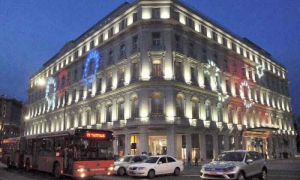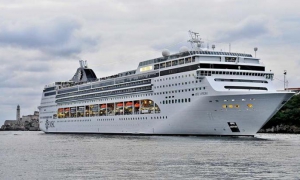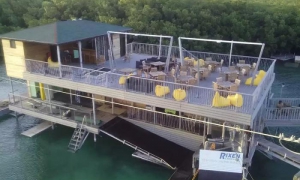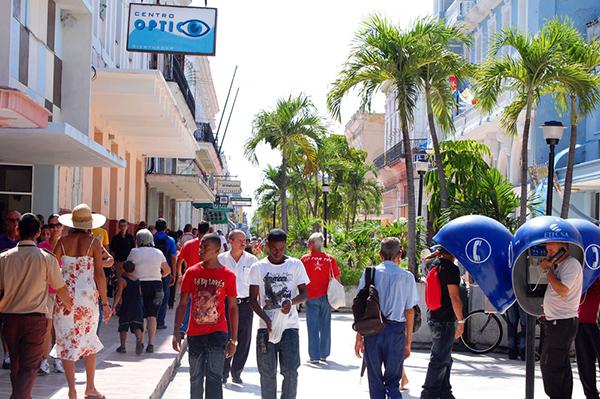
CIENFUEGOS.- This past December 26, a U.S. newspaper, The Boston Globe, published an article in its travel section recommending Cienfuegos (a provincial capital 245 kilometers south east of Havana) as the best Cuban city to visit in 2016.
The Boston Globe is one of the most important traditional dailies in the United States, with cultural and travel pages containing rigorous analysis and a staff of nationally recognized journalists.
The views expressed in U.S. newspaper opinion columns have historically contributed to public perceptions, above all among members of the educated middle class. (To provide some context, and avoid overestimation or underestimation of the article, which no doubt reflects a significant opinion and will influence the decisions made by a number of tourists from the country.)
In the opinion of the expert travel writer, Christopher Mutter, “As soon as the political doors were flung open at the end of 2014, Americans clamored to visit the previously-forbidden Communist island. It quickly topped every traveler’s must-visit list in 2015. It will get even more frenetic in 2016 with a recently announced increase in commercial air travel. Havana is the center of the frenzy, followed by the historic city of Trinidad. But Cienfuegos should be high on your list of Cuban cities to see. You can dine by the water, walk around the arty town square, or catch an up-and-coming singer at a quiet club. The once-moneyed yachting town feels like a relaxing, wealthy escape, circa 1957. Direct flight? No, but never say never. Best time to go: November.”
Apparently the journalist made a visit to Cienfuegos and, although his vision tends toward the classic nostalgic U.S. view regarding an imaginary island created during the neo-colonial period, he left with a favorable impression of both the place and its culture.
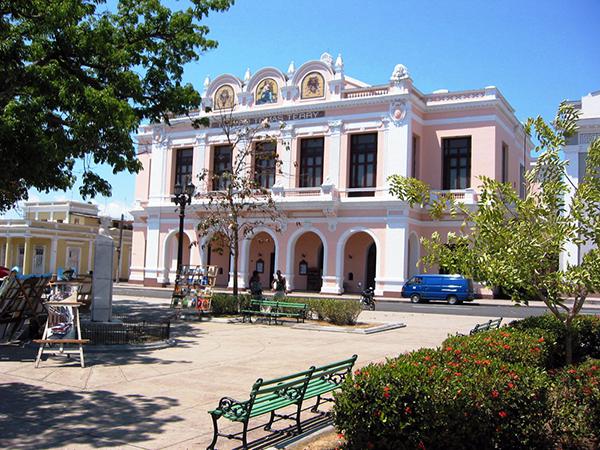
Cienfuegos, in and of itself, without intermediaries, is captivating; although I suspect that behind Mutter’s positive opinion, other elements were at work, among which is the irreplaceable human factor playing a role.
A person can sweeten or destroy an impression, just that simply. The type of reception offered is, in good measure, the basis of opinions to be presented later in visitors’ workplaces, communities and family environments.
And if the visitor works in the media, and especially if he or she is a specialized reporter, this impression can mean much more. These are the people like the food critic in Ratatouille, who detect the lasting flavors and disqualify imposters.
Those responsible for the reception of The Boston Globe correspondent in Cienfuegos, whoever they may have been, deserve recognition, because they are doing a good job.
Within the city’s tourist sector, both at the management level in hotels and other sites, there are well-trained and intelligent people who know what the expectations are of a visitor more interested in learning about Cuba’s customs, traditions, culture, architecture, and people, than the bars and swimming pools, of which they have millions in the United States and other places.
The link between culture and tourism is essential here - and I’m not referring to the standard hotel evening entertainment. I am putting myself in the shoes of a U.S. traveler who could be interested in a talk by Irán Millán Cuétara or Orlando García Martínez, the city’s Conservator and Historian, respectively. They are both forces of nature, whose magnetism grows with every minute spent at their side. The second, president of the Union of Cuban Writers and Artists (UNEAC) in the province, moreover, has extensive knowledge of the United States, having taught in universities there, collaborated on several books with U.S. historians, and worked on the script for the film Amistad, by Steven Spielberg. This traveler could fall in love with the city, once known as the colonial villa of Fernandina de Jagua, upon hearing these two, while learning about the extraordinary cultural work carried out by their institutions and professional staff.
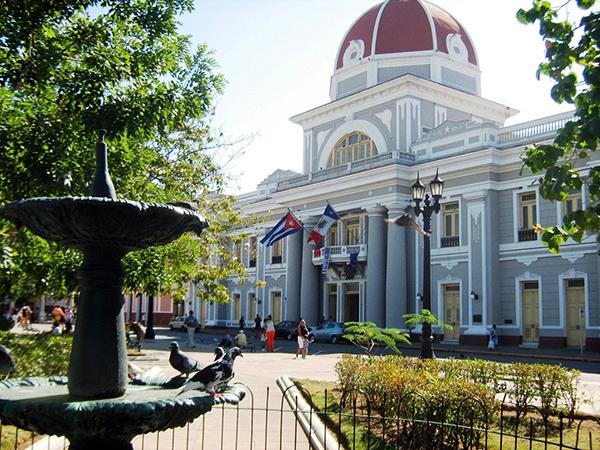
Such travelers could get a better idea of who we are, if they attended a performance at the Tomás Terry Theater (another formidable Cultural institution directed by an eminent intellectual), visited the workshops of our artists, or attended a community peña, like those organized by educational centers - and would come to know why UNESCO thinks so much of us. Such travelers would very much enjoy a local history excursion organized by Proyecto Sendas; and would likewise appreciate a trip to Lajas, a designated National Monument where Benny Moré spent his early years and is buried, or to Jagua’s impressive Our Lady of Los Angeles Fortress. They would no doubt be captivated by the local legends of the Blue Lady and Guanaroca.
Not all of the above can be achieved today, for a variety of reasons, objective and often subjective. When they are done, praise will be written not only in The Boston Globe. The Pearl of the South - the World Heritage Site, Cuba’s pride, honored by its inhabitants - will be opened to the world, without barriers. Amen!




